This perennial plant with lush green foliage prefers a climate with long and harsh winters. That is why it got its official name - the winterhub. In the people, it is most often called the core, bitter grass, spool, synovnik and pine forest. The plant is famous not only for its unique natural endurance, but also for the most valuable healing qualities that help in the fight against various diseases.
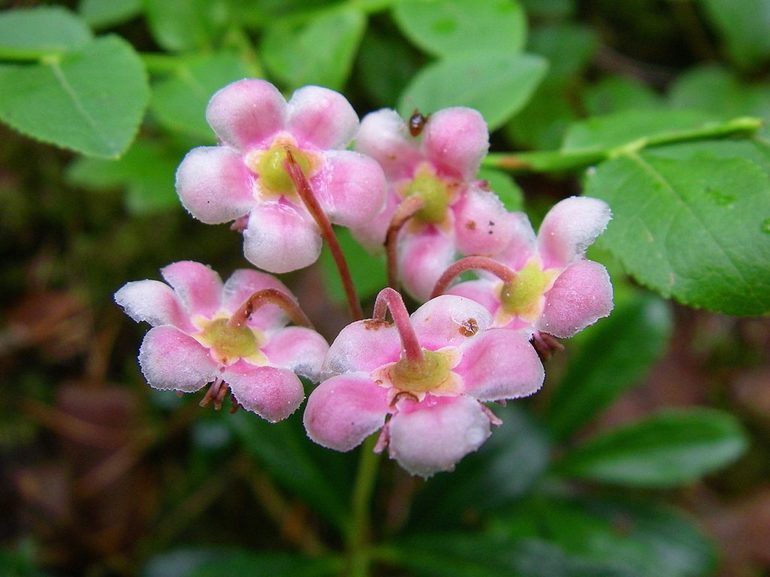
Content
Plant description
Umbrellas are belonging to the Vereskovye family and are an evergreen shrub growing in height up to 18-23 cm. It has a powerful lignified rhizome and small shoots with fleshy dark green foliage. During the flowering period, which lasts from June to August, at the ends of shoots umbellate brushes develop, consisting of 7-12 flowers of a soft pink hue. By mid-September, flowering ceases, and in its place the fruits are formed - small round capsules with seeds.
Discovery story
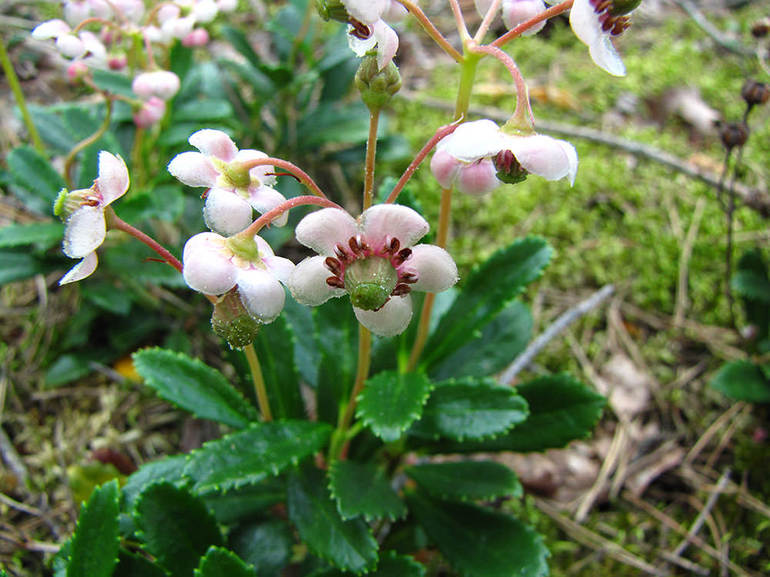
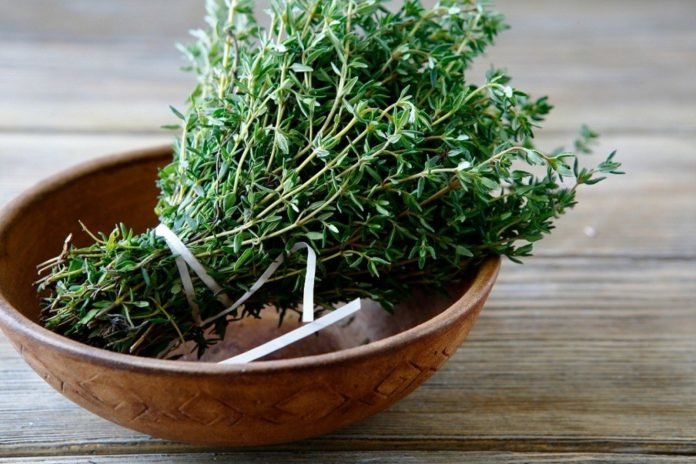 You may be interested in:
You may be interested in:The history of the use of the ice cream as a medicine begins in the 18th century. It was then that the first European conquerors of North America noticed that the tribes of the Indians with special trepidation belong to this inconspicuous plant, considering it a real gift from the gods.
Later it was discovered that such veneration has a completely rational basis, because the winterhub saved the local Aborigines from a variety of various diseases. With the help of its fresh leaves, bleeding was stopped and burns healed, and with infusions and decoctions they treated eyes, joints and spine.
The ancient Indians owned many secret recipes, which were based on the winterhub. It was believed that the plant has not only healing, but also magical properties, so it was also used as part of a large number of witchcraft and love potions. True, unlike the modern name, the Native American name for grass had a completely different meaning. In Mohican, it sounded like pipsisikweu or "crushing into small pieces."
This definition was not given by chance, because the indigenous people of America believed that pipsisikweu somehow magically contributed to the grinding and removal of kidney stones. As it turned out later, this belief has a completely scientific explanation - the leaves of the plant contain a special substance that really dissolves small kidney stones.
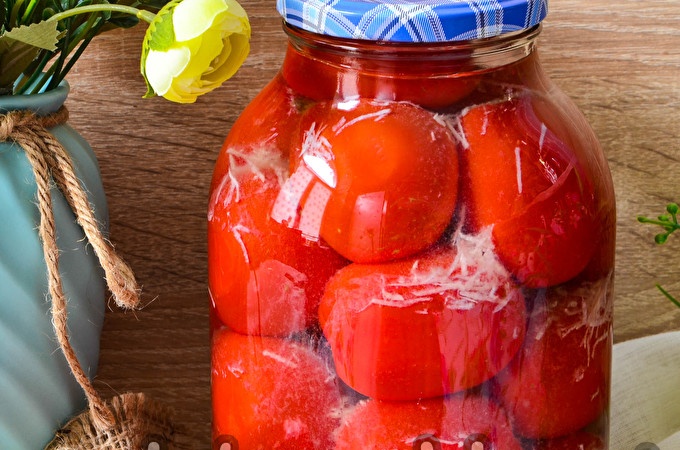 You may be interested in:
You may be interested in: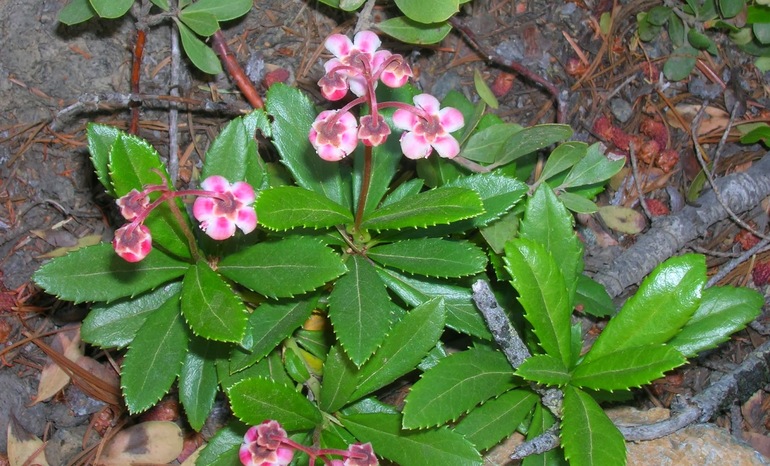
The conquerors of North America gradually acquired the secret knowledge of the Native Indians, and then spread them throughout Europe. Despite all the evidence of the effectiveness of the grass of the winterhaler, its use in Russia has not yet acquired an official character.Nevertheless, the healers of Siberia and Altai today actively use this plant to heal their patients from many serious diseases.
Composition and useful properties
The useful qualities of the winterhub are explained by its rich chemical composition. Grass contains macro- and microelements, vitamins A and C, flavonoids and tannins, phenols, organic acids, glycosides and triterpenoids, as well as bitterness and resins. The medicinal properties of the Umbrellas anis:

- antiseptic;
- choleretic;
- tonic;
- restorative;
- painkiller;
- antispasmodic;
- anti-inflammatory;
- diuretic;
- astringent.
In alternative medicine, the plant is used to treat a variety of diseases. It is used for diseases of the bladder, kidneys, prostate gland, joint problems, stomach and intestinal ulcers, diabetes, chronic skin diseases, depressive disorders, nervous and physical exhaustion. Regular intake of decoctions and tinctures, which includes the common wintergirl, contributes to:
- digestion normalization;
- lower blood sugar;
- increased performance;
- strengthening immunity;
- rapid healing of wounds;
- increased appetite;
- elimination of edema;
- elimination of parasites;
- relieve nervous tension.
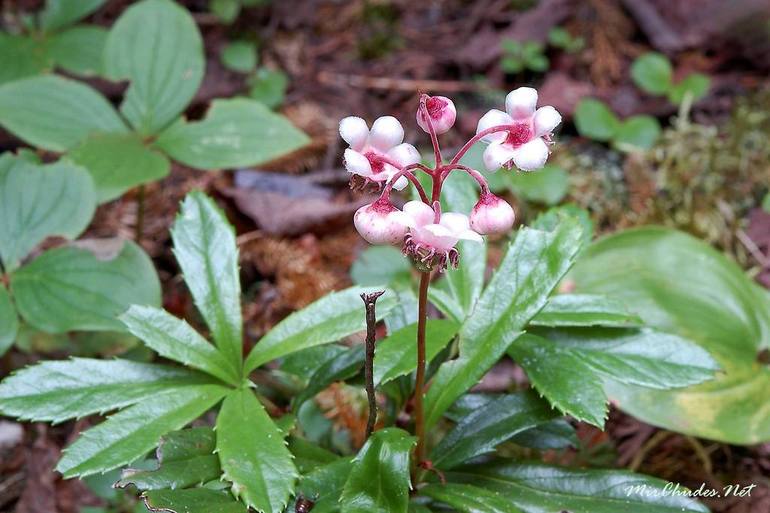
In addition, the winterhub is an effective assistant for losing weight. Everything is explained by its ability to remove excess fluid from the body, which, as you know, greatly slows down the metabolism and prevents the intestines from cleansing of decay products.
Despite these advantages, the plant, like all other medicines, must be taken with great care. Failure to comply with the dosages or uncontrolled intake of grass can lead to the opposite effect and invalidate all the healing properties of the winterhunt. Contraindications to the use of plant crops are:
- a tendency to allergic reactions to one or more of the components that make up the herb;
- pregnancy and breastfeeding;
- thrombophlebitis;
- hemorrhoids;
- constipation.
Traditional broth
In diseases of the gastrointestinal tract, inflammatory processes and bleeding, the classic decoction of the decoction is used. It can also be used for compresses and lotions. Preparation: Pour 0.5 g of boiled water into 25 g of crushed dry raw materials, then hold over low heat for 10-15 minutes. Remove from heat and let it brew for about 2-3 hours. The broth is stored at room temperature for no more than 48 hours. Application:
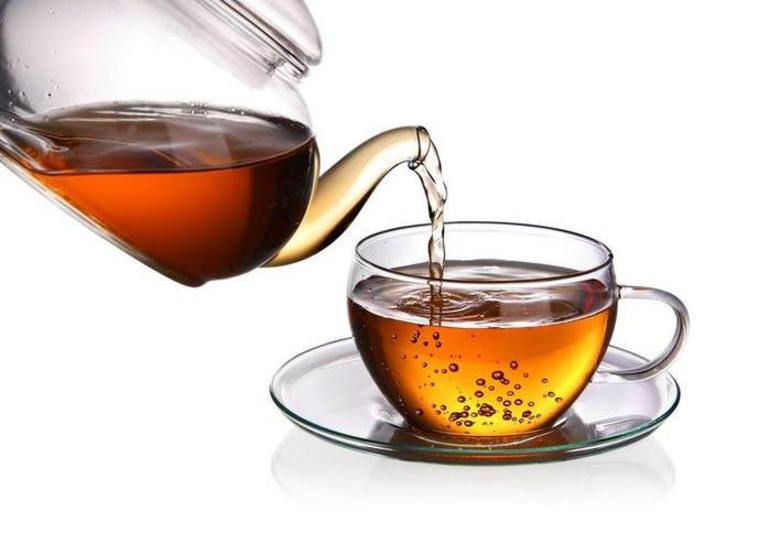
- With bleeding and inflammatory processes - inside of 30-40 ml 15-20 minutes before eating.
- With edema - 2-3 tbsp. l in the morning on an empty stomach.
- For the treatment of gastrointestinal diseases (ulcers, colitis, gastritis, etc.) - 60–70 ml 3-4 times a day (20-30 minutes before eating).
- In case of skin inflammations and wounds, moisten a sterile bandage or cotton wool abundantly with broth and wipe the problem area at least 5-6 times a day.
Application for gynecological diseases
Numerous positive reviews of women indicate that the use of the herb Helicopteris in gynecology gives amazing results. Traditional medicine has collected many old recipes that perfectly cope with female diseases of one nature or another. The most popular formulations:
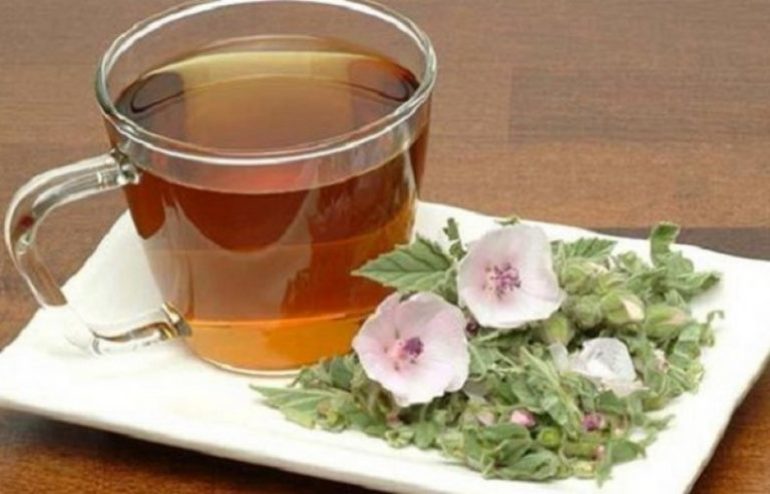
- To normalize the menstrual cycle and treat erosion: 50-60 g of dry raw materials (flowers and leaves) pour a glass of boiling water, then boil over low heat for 7-8 minutes. Cool, then strain. Dilute with a small amount of warm boiled water and drink 50-100 ml in the morning and evening before meals.
- Infusion tincture. In a glass container, mix 50 g of the winterhubs of the umbrellas, the pine forest, and the winter wheat, then pour a collection of 1.5 liters of vodka. Remove to a dark place for 3-4 weeks.Take with a small amount of tea, water or juice, 0.5-1 tsp. per day.
- Collection with myoma. In equal parts, mix the winterhub, pear and pear uterus. Pour 20 g of the mixture with a glass of hot water. Boil on a small fire for 3-4 minutes, remove from heat and let it brew for about 60 minutes. Use 3 times a day for 60-70 ml.
Herbal fees for men
Zimolyubka is a good helper for problems in the field of male health. It effectively copes with inflammations of various origins, prostate adenoma, as well as reduced potency and infertility. Fees for men:
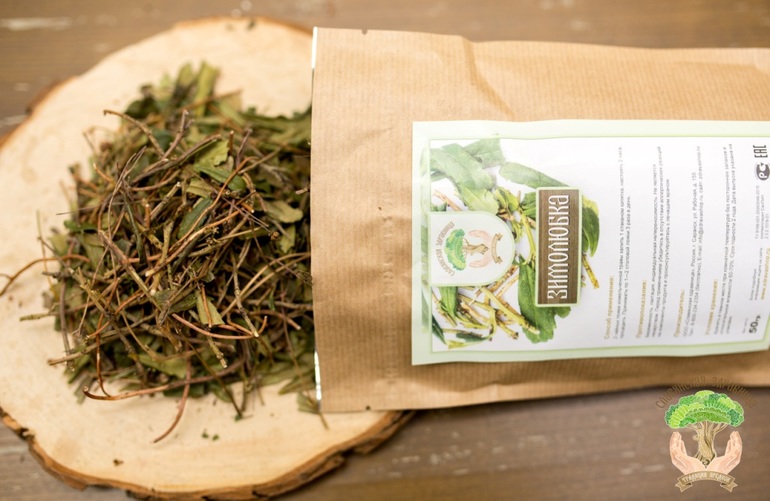
- In case of inflammation of the genitourinary system, infertility and to increase the potency in an equal amount, mix in a dry form the common wintergrower, motherwort, yellow Zelenchuk, wheatgrass root, leaves of aspen and black poplar, parsley, flowers of hawthorn and blackthorn, asparagus. About 30-40 g of the collection pour 300-400 ml of water. Leave to infuse for 10-12 hours, then boil and boil for 1-2 minutes on low heat. Remove from the stove, cool and drink 100-120 ml 3 times a day before meals.
- Prescription for prostatitis: 1 tsp. dry winter-ice cream pour 250-300 ml of cold water. Boil over minimal heat, then hold on the stove for another 2-3 minutes. Remove from heat, let cool, then strain. Drink the broth in 30 minutes. 2 tablespoons before meals l 3 times a day.
Recipes for all occasions
Universal recipes with a winter-lover will help to cope with various diseases, strengthen immunity, raise the body tone, lose weight, get rid of parasites, and heal wounds. When preparing and using formulations it is very important to adhere to the recommended dosages. Tinctures and decoctions with a winterhub:
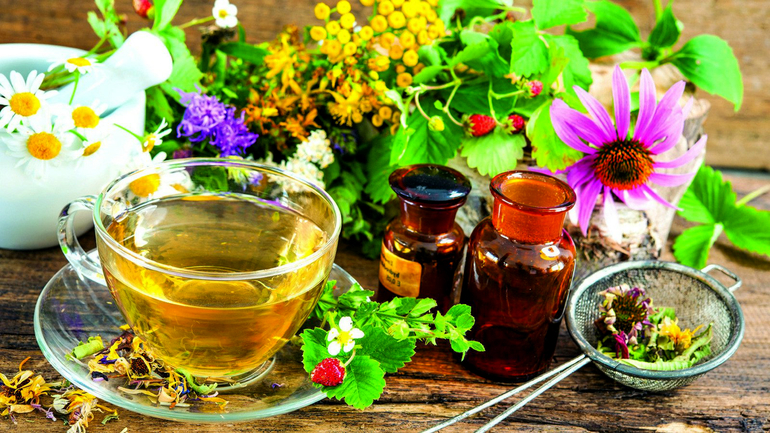
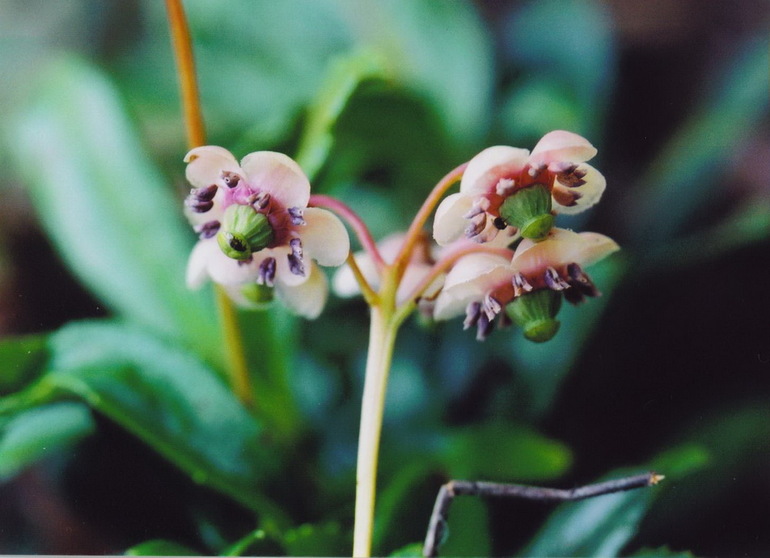
- Anthelmintic. Mix 25 g of such herbs (in dry form), such as the common winter hlover, wintergreen, pine forest, and femur. The collection pour one liter of vodka and put in a dark place for 30 days. Take tincture of 10 drops on an empty stomach once a day. The course of treatment is 1 month.
- Infusion for weight loss. About 3-4 tbsp. l mix dry winterhubs with 1 liter of cold water. Insist 9-12 hours, then put on fire, boil and immediately turn off. Cool and take 2-4 tbsp. l 3 times a day before meals.
- Tonic drink. Put a pinch of dry plant in a glass container and pour 200-250 ml of boiling water. Insist 30-40 minutes. Drink like regular tea. If desired, you can add sugar or honey to taste.
- Wound healing agent. Grind fresh leaves of the winterhub and mix with vodka (2: 1 ratio). Hold the tincture for 30-40 days in a dark room, then use in the form of compresses and lotions.
- In case of poisoning. Twist the fresh ground part of the plant (flowers, stems and leaves) in a meat grinder, and then squeeze the juice through cheesecloth. In 100 ml of water at room temperature add 1 tsp. juice. Drink 2 times a day before meals.
- Tea for diabetes. In a blender or coffee grinder, grind dry flowers and leaves of the winterhard. About 2 tsp pour the resulting powder 1-1.5 glasses of boiling water. Strain and drink in equal parts throughout the day.
- With tuberculosis. About 100 g of dry and shredded grass of the winterheller pour two glasses of vodka. Cork carefully and place in a dark place for 2-3 weeks (the longer the infusion period, the more effective the medicine). Drink 35-40 drops 3 times a day for 15-20 minutes before eating.
- Antiseptic lotions. A few tablespoons of dry crushed leaves of the plant pour ½ cup boiling water and boil for 3-5 minutes. Remove from heat and cool, then squeeze the resulting cake, put it on sterile gauze and apply to the problem place.
- For healing burns and purulent wounds. Grind fresh leaves of the plant to a state of thick gruel. Apply the resulting thickener to the problem area for 20-30 minutes, then rinse off with a warm broth of chamomile.
Rules for procurement and storage
Since the winterhub blooms throughout the summer period, there is more than enough time to collect it. However, when harvesting plants experienced herbalists are advised to adhere to several rules. General recommendations for collecting grass:- you need to collect the plant only during its flowering period (best in the last days of each summer month);
- it is necessary to make a blank in dry sunny weather;
- do not tear leaves and flowers, but carefully cut with a sharp knife;
- collection is carried out only in ecologically clean regions located away from highways.
Drying of raw materials is carried out on wide flat pallets covered with parchment paper. The air temperature in the room with the workpiece should be maximum, and humidity - minimum. In order for the leaves and flowers to dry evenly and not rot, they need to be turned over daily.




 10 beautiful annuals that bloom all summer
10 beautiful annuals that bloom all summer Sow in the ground, without seedlings: 10 beautiful and unpretentious flowers
Sow in the ground, without seedlings: 10 beautiful and unpretentious flowers Platicodon planting and outdoor care
Platicodon planting and outdoor care Hosta - planting and care in the open ground in the Urals
Hosta - planting and care in the open ground in the Urals